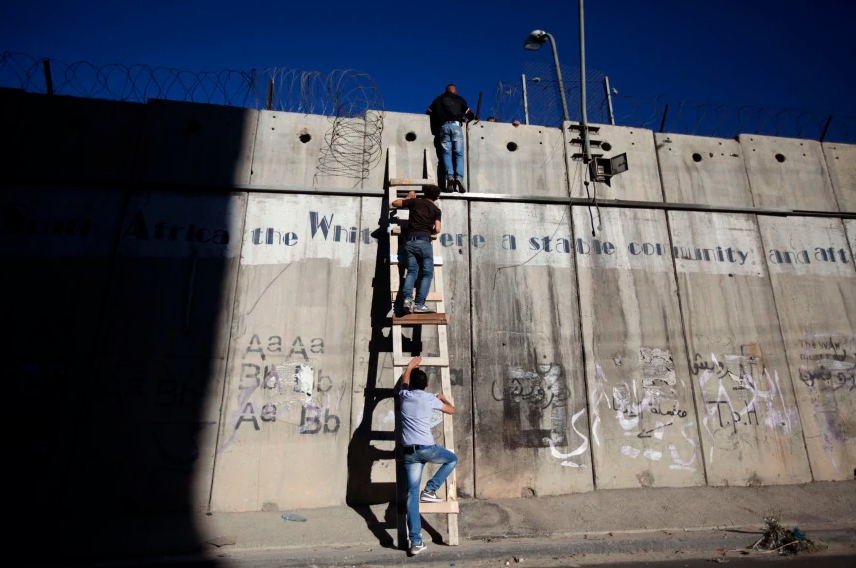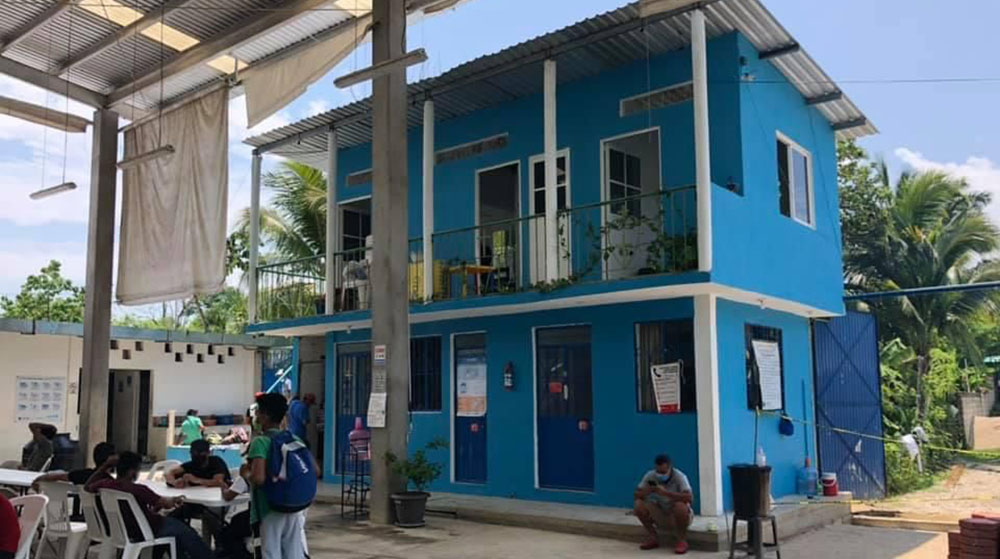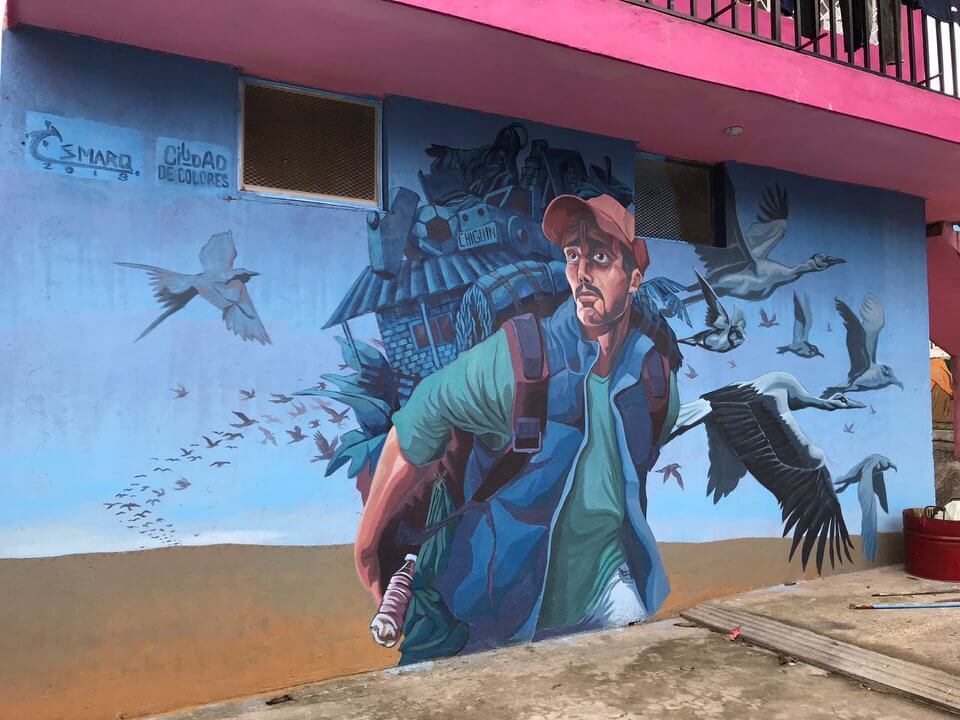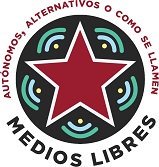
represión
(Español) Autoridades ambientales ignoran deterioro de humedales en Chiapas
Por Jeny Pascacio
Los humedales de montaña ubicados en San Cristóbal de las Casas, Chiapas, albergan especies en peligro de extinción, amenazadas o sujetas a protección especial, endémicas, como el pez popoyote, y es el refugio de aves residentes y migratorias.
Ayudan a evitar inundaciones al filtrar el agua de lluvia a los mantos freáticos y a purificarla, además son proveedores del 70% del agua potable que se distribuye a la población.
Pero en el Valle de Jovel la situación de los humedales La Kisst y María Eugenia es cada vez más crítica por el deterioro acelerado. En el Día Mundial de Los Humedales (2 de febrero), colectivos y ciudadanos recordaron la urgencia de proteger el 10% de los humedales que sobreviven a la mancha urbana.
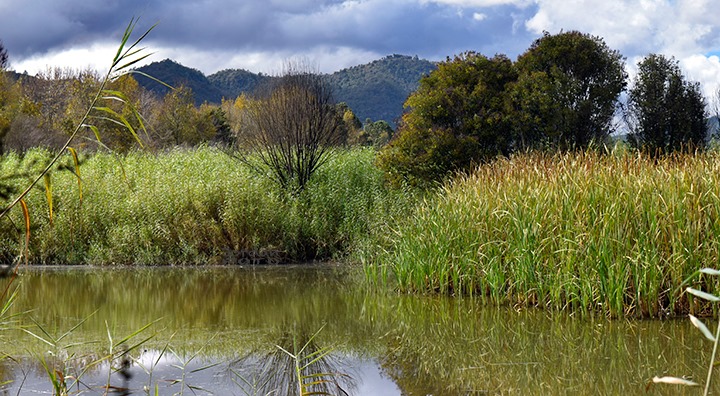
Alma Rosa Rojas, coordinadora del Colectivo para la Paz y los Derechos Humanos AC, dijo que existe inconformidad por la falta de respuesta de las dependencias gubernamentales correspondientes, “no hay resultados tangibles”.
Durante los años de lucha han notado que el tema no es prioridad ni para la Fiscalía, ni para la Procuraduría Ambiental, “pareciera que está archivado”.
La ciudad turística crece sin ninguna planeación municipal, mientras en diferentes lugares se anuncia la venta de terrenos, también sin control, algunos dentro de las áreas naturales protegidas. Aunado a ello, la Carta Urbana municipal no se actualiza desde 2015.
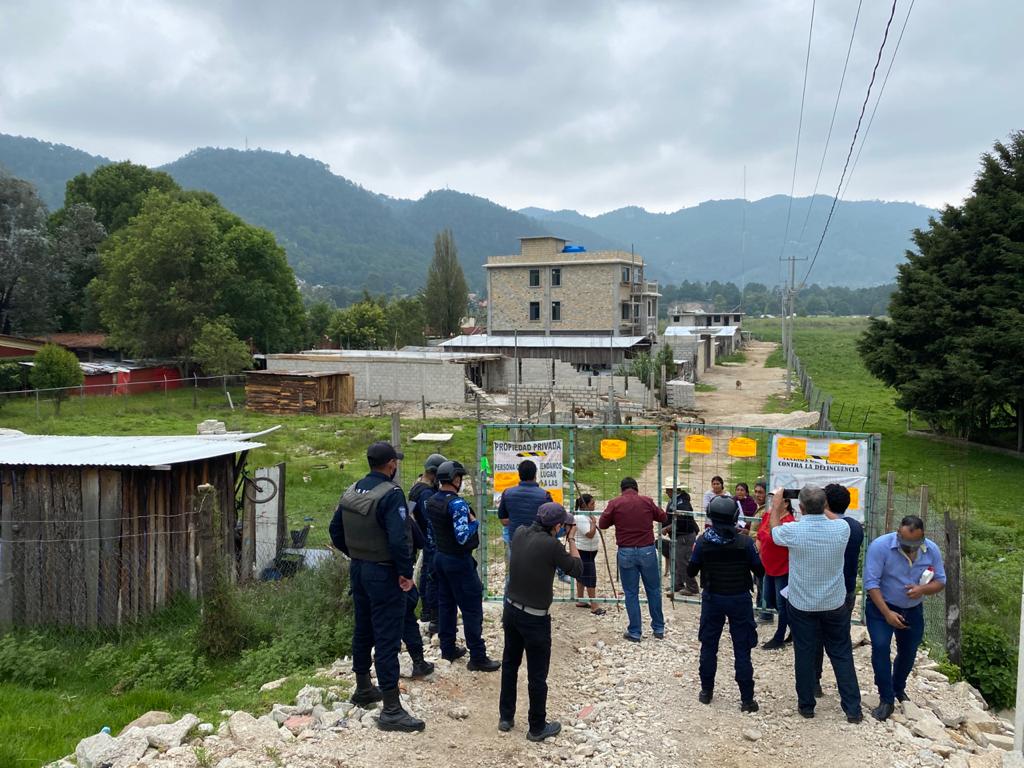
Sexenios lo permitieron
Las administraciones municipales, estatales y federales permitieron a lo largo de los años la compra, venta e invasiones de los humedales, a pesar de que en 2008 fueron declarados Áreas Verdes de Conservación, por el gobierno del estado.
En 2011 se convirtieron en sitios Ramsar (ecosistemas de agua dulce o salada de importancia internacional), pero no expropiaron las tierras y siguen en manos de particulares, entre ellos, 19 son políticos, mencionó Enrique Ávila Romero, académico e investigador de la Universidad Intercultural de Chiapas (UNICH).
La solicitud para conocer la historia traslativa de los terrenos ha sido negada. Incluso, los dueños de estos terrenos se ampararon ante el decreto de conservación, y los jueces los favorecieron.
Por la falta de respuesta en México, los ciudadanos recurrieron al Convenio Ramsar y la respuesta fue positiva, pero argumentaron que no pueden realizar la visita por algunos incumplimientos del gobierno de México.
La extensión de La Kisst es de 110 hectáreas y se ubica al sur poniente del Valle de Jovel, mientras Lagos de María Eugenia se ubica al sur y su polígono es de 115 hectáreas, pero no existe delimitación física.
A la fecha se interpusieron más de 60 denuncias, solicitudes y quejas ante la Secretaría de Medio Ambiente e Historia Natural; Procuraduría Federal de Protección al Ambiente, Secretaría de Medio Ambiente y Recursos Naturales, Comisión Nacional del Agua y Comisión Nacional de Áreas Naturales Protegidas.
(Español) Poder Judicial del Estado de Chiapas debe detener la fábrica de culpables de la Fiscalía
San Cristóbal de Las Casas, Chiapas, México
4 de febrero de 2022
Boletín No. 04
Poder Judicial del Estado de Chiapas debe detener la fábrica de culpables de la Fiscalía
- Libertad para Yonny Ronay, sobreviviente de tortura.
El 06 de septiembre del 2021, Yonny Ronay Chacón González (Yonny Ronay) fue sentenciado a 31 años y seis meses de prisión por el delito de homicidio calificado y robo con violencia agravado. Frente a la apelación, el 26 de octubre de 2021, la Primera Sala Regional Colegiada en Materia Penal Zona 1 de Tuxtla Gutiérrez, anuló todo lo actuado en la primera audiencia de juicio oral incluyendo la sentencia y ordenó la reposición total del procedimiento, debido a la falta de valoración de las pruebas.
El día de hoy a las 15:00 horas, el Tribunal de Enjuiciamiento de Villaflores, Chiapas, llevará a cabo la audiencia de juicio oral de Yonny Ronay joven estudiante sobreviviente de tortura, detenido de manera arbitraria desde el 13 de marzo de 2019, por elementos de la policía especializada adscrita a la Fiscalía de Alto Impacto (FAI) de la Fiscalía General del estado de Chiapas (Fiscalía). Yonny Ronay fue torturado en el sótano de esa institución para autoinculparse de un delito que no cometió y se le exhibió en redes sociales como parte de una “banda de la delincuencia organizada”. Desde el 15 de marzo de 2019, se encuentra privado de su libertad en el Centro Estatal de Reinserción Social para Sentenciados No. 08 en la Cuidad de Villaflores, Chiapas.
La fábrica de culpables continuó en abril de 2019, la Fiscalía utilizó ilegalmente las identificaciones de Yonny Ronay para inventar una declaración como testigo de un robo sucedido el día 24 de abril de 2019, 1 mes y 11 días después de la detención arbitraria. La Fiscalía General de la República ha dado cuenta de la simulación de pruebas por parte de la FAI y hasta hoy no ha realizado ninguna acción.[1]
La tortura y las penas o tratos crueles, inhumanos o degradantes están estrictamente prohibidos por el Derecho Internacional de los Derechos Humanos, en México se sigue cometiendo de manera intencional para la investigación de delitos causando severos sufrimientos físicos o mentales a las y los sobrevivientes. Hasta el día de hoy las autoridades encargadas de la procuración de justicia no han demostrado que las pruebas que inculpan a Yonny Ronay fueron obtenidas sin vulnerar sus derechos humanos.
El Relator Especial sobre tortura y otros tratos o penas crueles, inhumanas o degradantes recomendó a México que tanto los fiscales como jueces están obligados a excluir pruebas o declaraciones de las cuales existan razones para creer que han sido obtenidas bajo tortura, malos tratos o en violación de garantías fundamentales, e iniciar las investigaciones correspondientes, imponer al Estado la carga de probar que la evidencia no fue obtenida bajo tortura, garantizar que las pruebas ilícitas se excluyan y que la exclusión no se postergue hasta la sentencia.[2]
A pesar de que la Comisión Nacional de Derechos Humanos y la Comisión de Derechos Humanos del estado de Chiapas conocen el caso de Yonny Ronay, hasta el momento no han hecho nada para detener las violaciones a sus derechos humanos.
El Poder Judicial del Estado de Chiapas tiene la oportunidad de proteger a una persona inocente y salvaguardar sus derechos humanos. De manera especial el Juez que conoce la causa penal debe tener sensibilidad frente a este crimen de lesa humanidad y no seguir permitiendo que las violaciones continúen, las pruebas deben excluirse o declararlas nulas, por carecer de valor probatorio ya que fueron obtenidas a través de actos de tortura. Por consecuencia debe ordenar la inmediata libertad de Yonny Ronay Chacón González.
-*-
[1] Ver Boletín No. 10 del 21 de septiembre de 2021, disponible en: https://frayba.org.mx/la-fiscalia-federal-y-la-fiscalia-del-estado-de-chiapas-complices-en-la-falsificacion-de-pruebas
[2] Relator Especial sobre tortura y otros tratos o penas crueles, inhumanos o degradantes. Visita a México del 21 de abril de 2014. A/HRC/28/68/ADD.3 Distr. General 29 de diciembre de 2014, párrafo 83.


